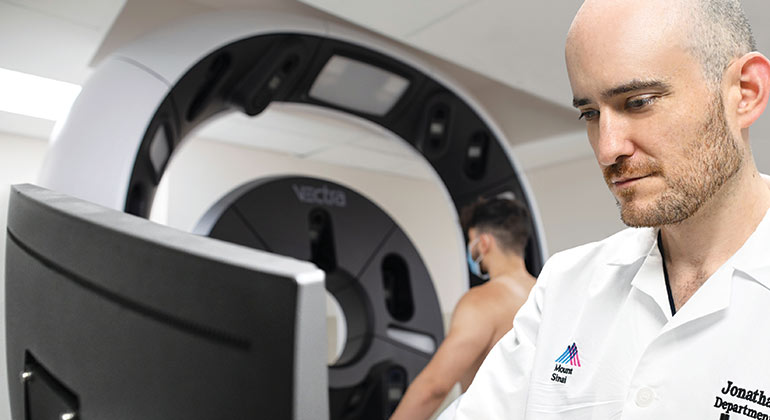Moles

Moles (also called nevi) are dark bumps or flat areas on the skin. These common growths are made under the skin by a collection of cells that produce color (pigment), known as melanocytes.
Moles come in many shapes, colors, and sizes. They are often brown, black, or tan. They can be smooth, wrinkled, flat, or raised. Most are oval or round; a symmetrical shape is least likely to be concerning. Most moles measure less than a quarter-inch in diameter (about the size of a pencil eraser). They may even have a hair growing from them. Moles can appear alone or in groups.
You get a mole when your skin cells grow in clumps or clusters. Moles can appear anywhere on your body, including your scalp or armpits, under your nails, and between your fingers and toes. Hormonal changes, like during adolescence and pregnancy, can make moles get darker and bigger.
If your mole bothers you, or if you are self-conscious about it, we can remove it. Depending on the size and type of mole, there are two main methods of removal. We might be able to remove it with a small surgical blade. We do this procedure in our office using local anesthesia. We might need to make a small cut in the skin to remove the mole, then we will stitch the skin closed. If you have a mole removed and it grows back, make another appointment to see your dermatologist. Moles can be a sign of melanoma, the most serious type of skin cancer, but this is rare.
Types of Moles
There are several types of moles. The most common are:
- Acquired moles (common moles) appear after birth. Most people who have acquired moles have more than one, often between 10 and 40 of them. Moles are most likely to appear up to age 25.
- Congenital moles are present at birth. They are slightly more likely to develop into the more serious type of skin cancer--melanoma--than moles that appear after birth, especially if they are very large.
- Dysplastic moles are often larger than a pencil eraser. They may be more than one color and may have uneven edges. We also call these atypical moles. If you have a dysplastic mole, you have a smaller, but higher, chance of developing melanoma, and you should have your dermatologist check the mole regularly.
- Spitz nevus moles are typically pink, raised, and shaped like a dome. They might be red, black, brown, or multi-colored. They might also bleed. These moles should be monitored regularly by your dermatologist.
Keep an eye on your moles. If you get a new mole, or if you notice that one of your moles changes in size or shape, you should mention it to your dermatologist. This is especially true if the mole bleeds, becomes very itches, or painful. If you are at all worried, have your dermatologist take a look. Remember—although melanoma can be deadly, if we catch it early, it is highly treatable.
Here is an easy way to remember what to look out for when checking your moles: ABCDE. If your moles show any of these signs, make an appointment with a dermatologist.
- Asymmetry—if you draw in invisible line down the middle of the mole, one half of the mole doesn’t match the other half
- Border—the edges of the mole are ragged or irregular
- Color—the color of the mole is not the same throughout or there are multiple colors visible within the mole
- Diameter—the mole is larger than a pencil eraser
- Evolution—the mole changes in size, shape, or color